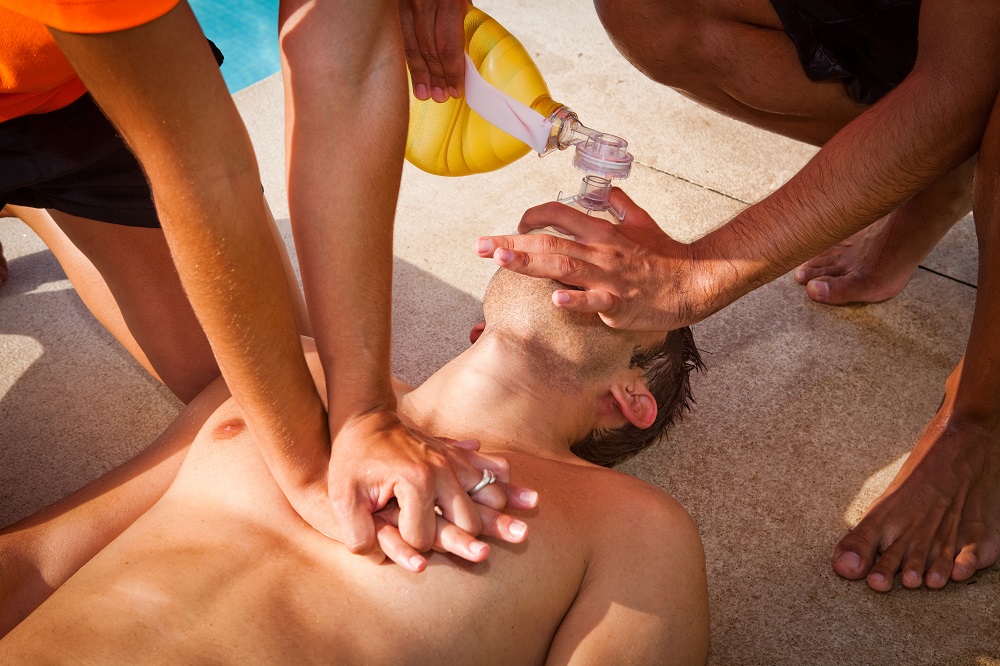
The recent data released by Australia’s leading water safety and drowning prevention organisation noted that there were 33 cases of swimming pool drownings over the last year. While the report showed an overall reduction in drowning deaths in the country, it warned about people getting complacent regarding water safety.
One critical safety tool for a swimming pool is CPR or cardiopulmonary resuscitation. CPR refers to a medical technique where the administrator tries to improve an individual’s oxygen intake using mouth breaths and chest compressions. Applying quick CPR after drowning is extremely important as it significantly increases the person’s likelihood for survival.
Importance of CPR around the Pool
Here are some of the main reasons why knowing CPR around a swimming pool is especially important:
- Small children can easily fall into the pool accidentally. If you know CPR, you can quickly save that child’s life after retrieving them from the water.
- Slips and fall are also common around pools. The CPR procedure would be helpful if the person had a head injury and become unconscious while inside the pool.
- Also, people using the pool could suffer from heart attacks or other medical conditions that may be particularly dangerous around the water. In such cases, CPR could offer prompt intervention to prevent death.
CPR For Everyone
Even though swimming teachers and lifeguards must learn CPR, they are not the only people who must be well educated about pool safety. Most of Australia’s pools, especially private ones, are not always under the supervision of lifeguards. It means that supervising adults should also consider learning CPR, in addition to upholding the recommended pool and water safety guidelines.
Learning CPR
Many organisations and facilities offer CPR training and education. They include community centres, schools and even online classes among many others. It is easy to learn how to perform CPR, and both adults and teens can quickly pick up this critical skill.
It is advisable that people who spend time around swimming pools be educated and ready to perform CPR. After completing your training, you must regularly review proper CPR methods to guarantee that you’re prepared to respond to emergencies. Also, having a first aid kit around the pool will help you adequately respond when faced with any swimming pool accident.
Avoid the Need for CPR with These Tips
If you have a swimming pool at home, a few practical additions can make a massive difference in creating an accident-free and safe environment:
- Set up a fence around your pool with a self-latching or self-closing gate
- Have your first aid kit easily accessible in the swimming pool area
- Never let kids use the pool without proper adult supervision
- Post signs near the pool demonstrating basic first-aid and CPR instructions
- Enforce strict pool rules, especially regarding playing and running around the swimming pool
Takeaway Lesson
In case of a drowning accident, every second counts. Quick, hands-on and well-administered CPR that bystanders perform until emergency services arrive at the scene will have a significant effect in preventing unintentional deaths. So, besides having a well-stocked first aid kit, ensure at least one person in your household can perform CPR.
